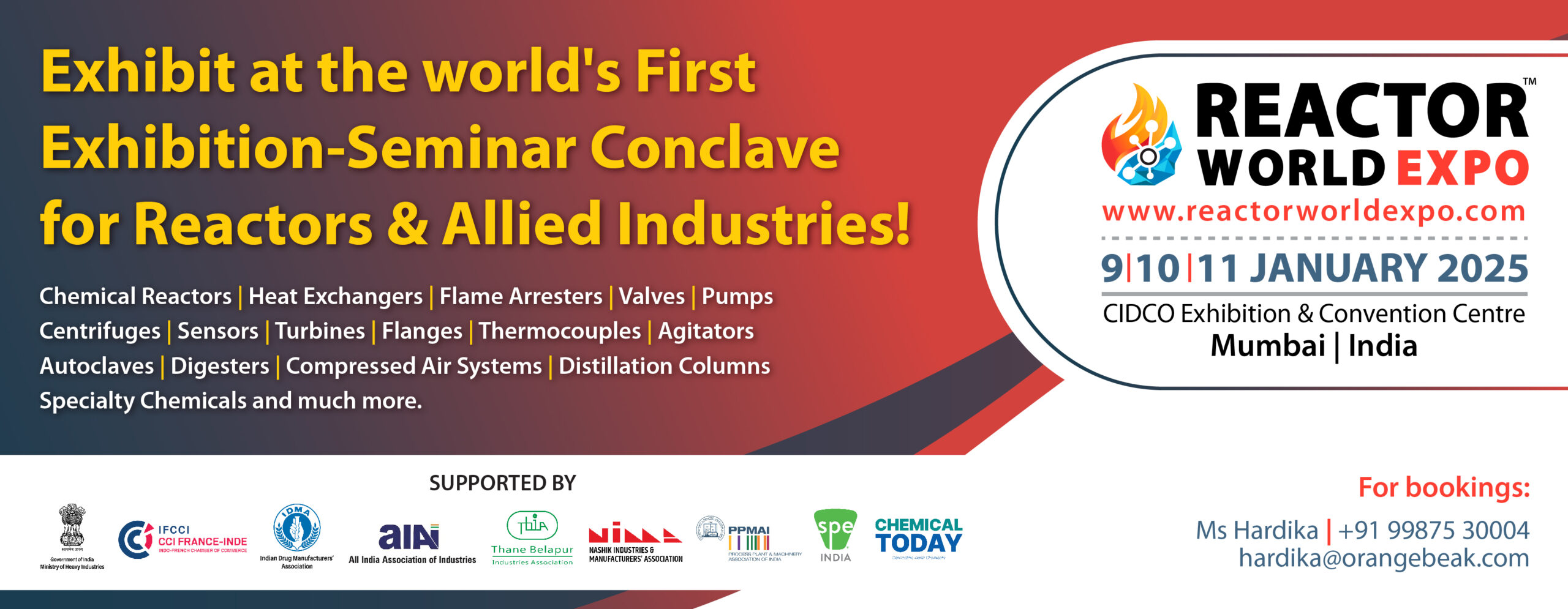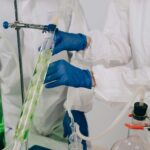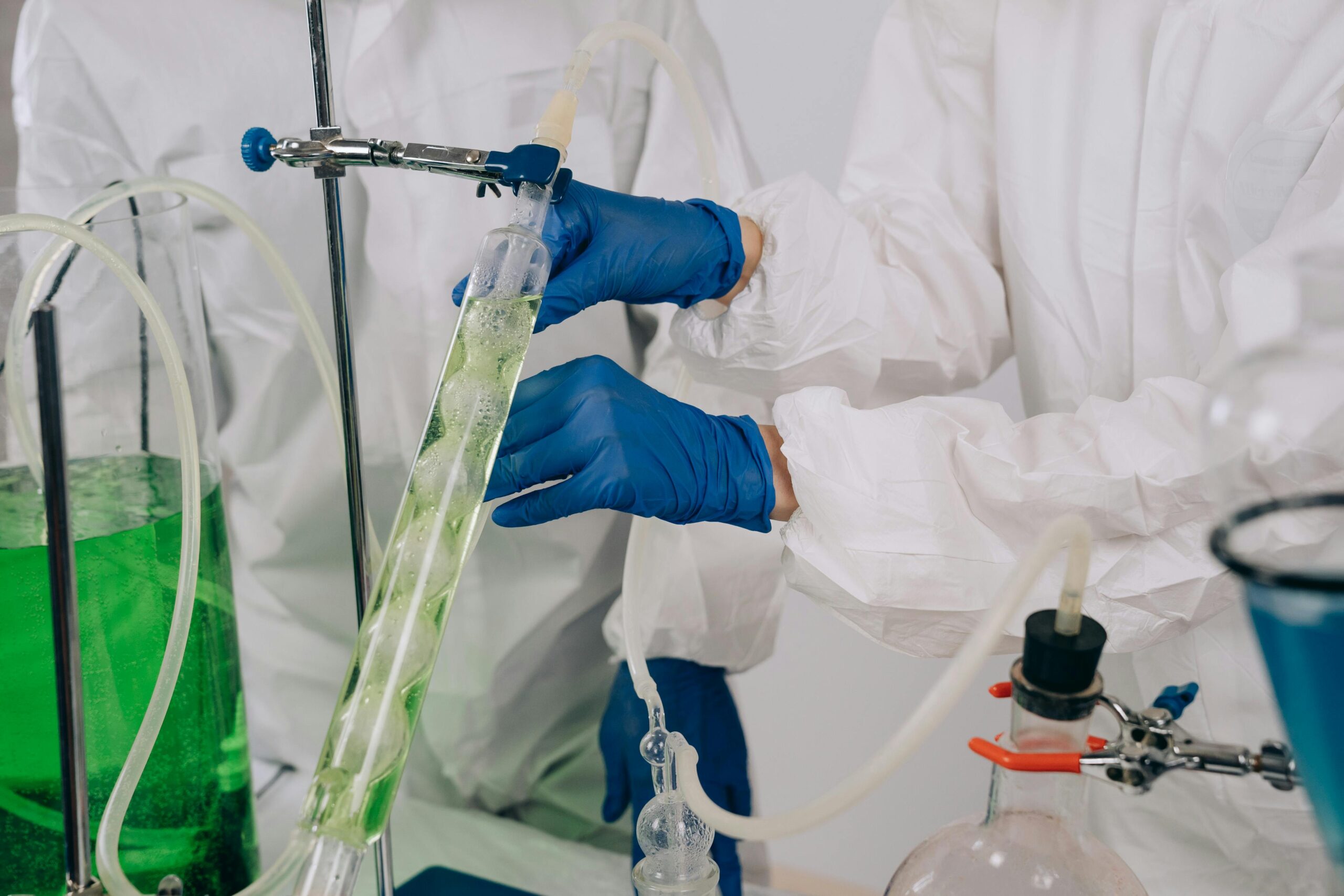In the realm of advanced engineering and industrial applications, high-temperature plastics have emerged as pivotal materials capable of withstanding extreme thermal conditions without compromising their structural integrity or performance. These specialized polymers are designed to endure temperatures that often exceed 150°C (302°F), making them indispensable in sectors where conventional materials would fail.
Characteristics of High-Temperature Plastics
High-temperature plastics are defined by several key attributes that allow them to perform reliably in harsh environments:
- Thermal Stability: These plastics resist deformation and degradation at elevated temperatures, maintaining their functionality where other materials would falter.
- Mechanical Strength: Even under high thermal stress, high-temperature plastics retain their mechanical properties such as tensile strength, toughness, and hardness.
- Chemical Resistance: These materials exhibit excellent resistance to chemicals, solvents, and other corrosive substances, enhancing their durability.
- Dimensional Stability: They maintain their shape and size under thermal stress, ensuring precision and reliability in critical applications.
- Flame Retardance: Many high-temperature plastics have inherent flame-retardant properties or can be formulated with additives to enhance fire resistance.
Common High-Temperature Plastics
Several high-temperature plastics are commonly used in various industrial applications:
- Polyimide (PI): Renowned for its exceptional thermal stability and mechanical strength, polyimide is widely used in aerospace, electronics, and automotive industries.
- Polyetheretherketone (PEEK): This thermoplastic boasts excellent mechanical and chemical resistance properties, even at high temperatures, making it suitable for medical devices, aerospace, and automotive parts.
- Polyphenylene Sulfide (PPS): Known for its high thermal stability, chemical resistance, and flame retardance, PPS finds applications in automotive, industrial, and electrical sectors.
- Polytetrafluoroethylene (PTFE): Commonly known as Teflon, PTFE offers exceptional chemical resistance and can withstand temperatures up to 260°C (500°F). It is used in non-stick coatings, gaskets, and seals.
- Polyamide-imide (PAI): With its high strength and thermal stability, PAI is utilized in aerospace, automotive, and electronics applications.
- Polysulfone (PSU): This plastic’s good thermal stability and chemical resistance make it ideal for medical and food processing applications.
- Liquid Crystal Polymer (LCP): Featuring high strength, excellent thermal stability, and low moisture absorption, LCP is perfect for electronic components and connectors.
Applications of High-Temperature Plastics
High-temperature plastics are employed across a diverse array of industries:
- Aerospace: Used in components exposed to high temperatures, such as engine parts, insulation, and structural components, ensuring performance in the most demanding conditions.
- Automotive: Essential for under-the-hood applications, including engine parts, electrical components, and thermal barriers, contributing to the longevity and efficiency of vehicles.
- Electronics: Utilized in connectors, insulators, and other components that must endure high operating temperatures, supporting the reliability of electronic devices.
- Medical Devices: Ideal for sterilizable components and devices requiring high thermal stability, ensuring patient safety and device reliability.
- Industrial: Applied in machinery components, chemical processing equipment, and other settings where high temperatures and chemical exposure are prevalent.
Advantages of High-Temperature Plastics
High-temperature plastics offer several advantages over traditional materials:
- Weight Reduction: These plastics are often lighter than metals, contributing to overall weight reduction in applications such as aerospace and automotive, which is critical for fuel efficiency and performance.
- Corrosion Resistance: Unlike metals, high-temperature plastics do not corrode, making them suitable for harsh environments and extending the lifespan of components.
- Design Flexibility: The ability to mold high-temperature plastics into complex shapes provides greater design flexibility compared to metals, allowing for more innovative and efficient solutions.
- Cost-Effective: High-temperature plastics can be more cost-effective than metals, especially when considering the entire lifecycle of the component, including maintenance and replacement costs.
Conclusion
High-temperature plastics are revolutionizing the way industries approach material selection for high-stress environments. Their ability to maintain performance under extreme heat, coupled with benefits like weight reduction, corrosion resistance, and design flexibility, make them indispensable in modern engineering and manufacturing. As technology continues to advance, the role of high-temperature plastics will undoubtedly expand, driving innovation and enhancing the capabilities of various industrial applications.















